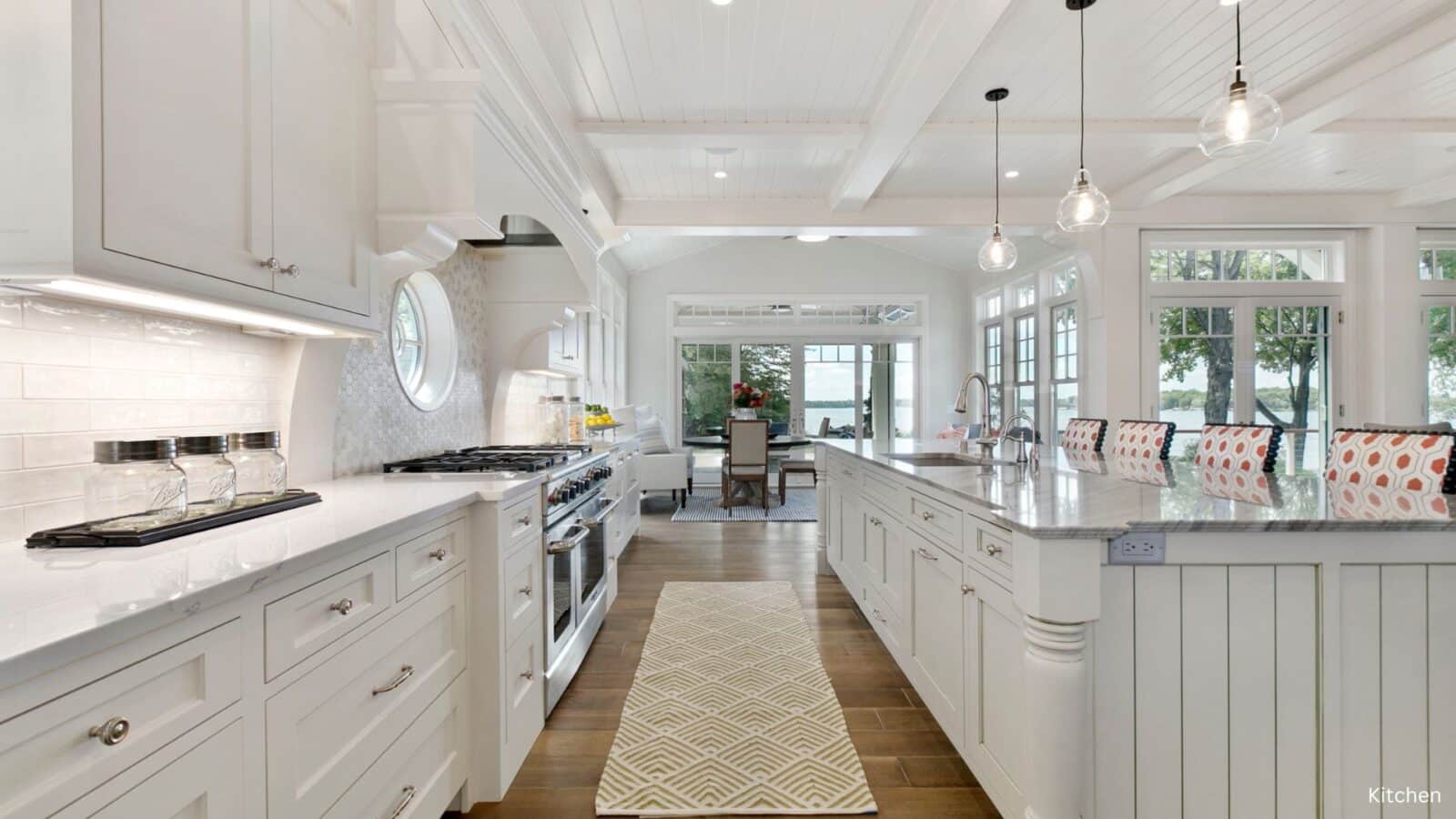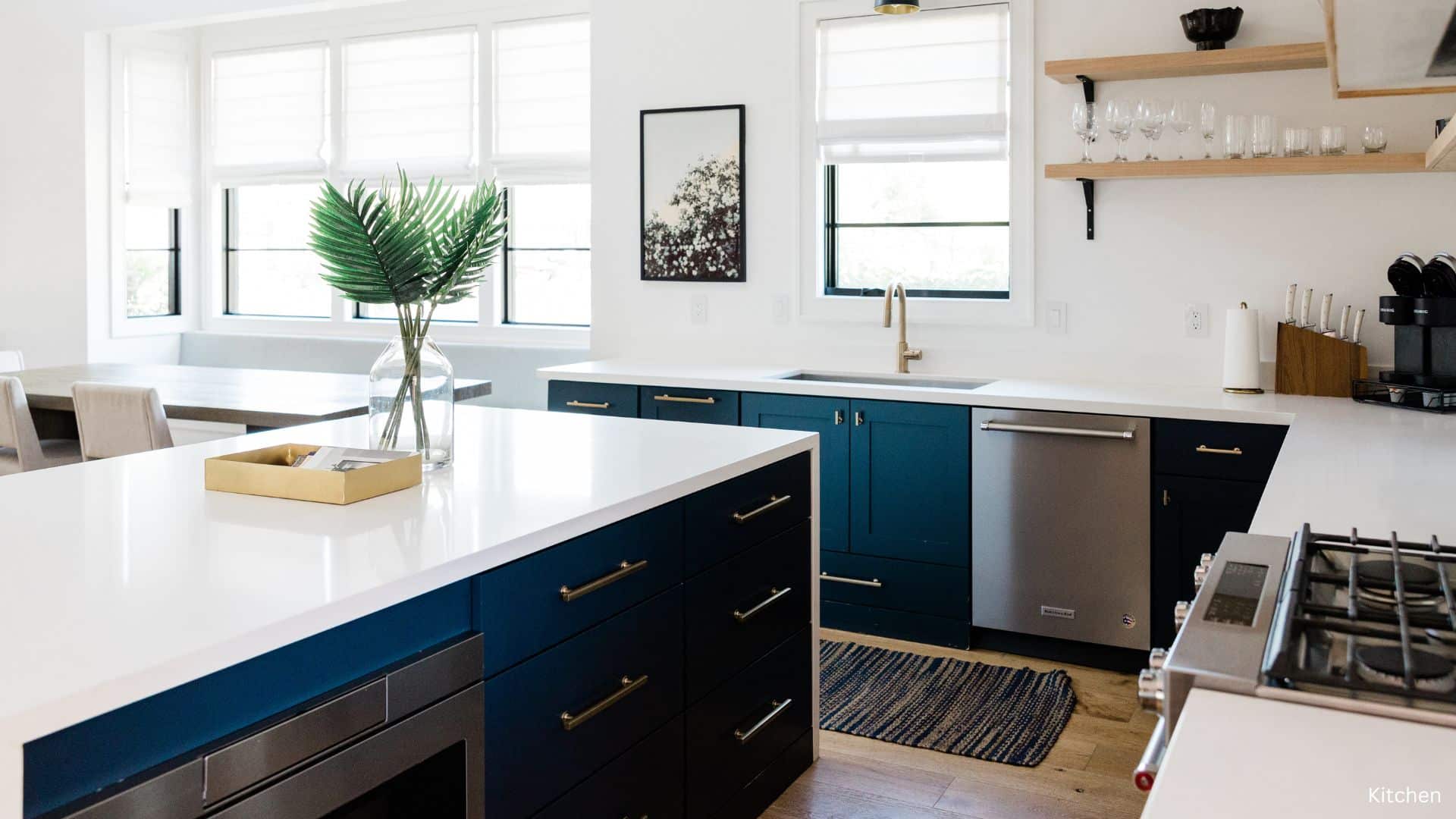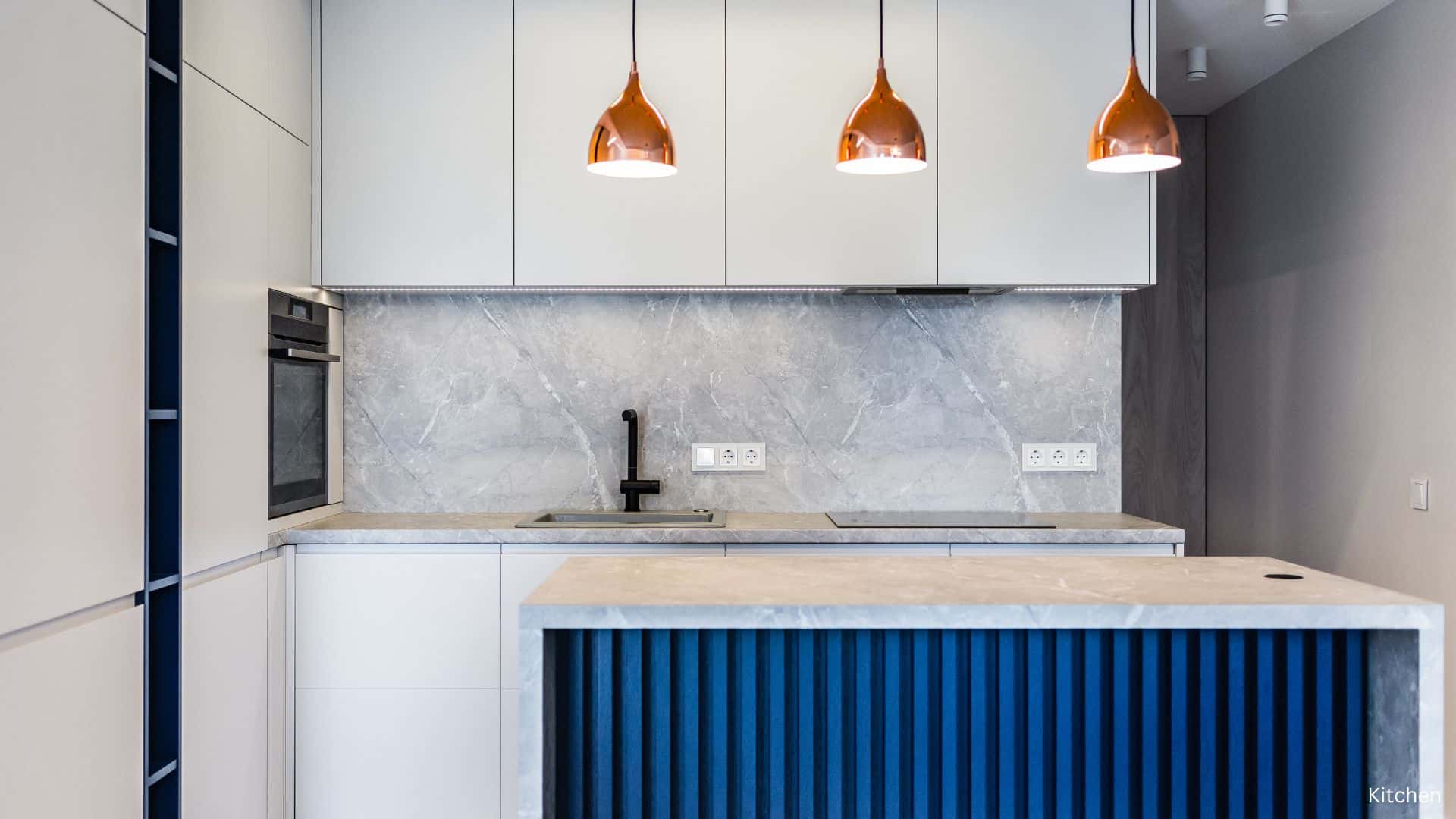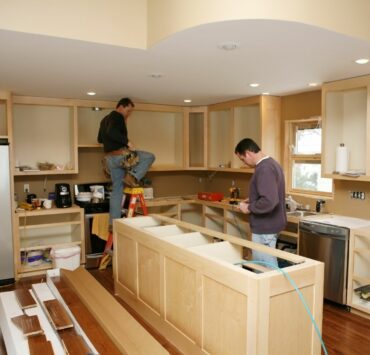If you’re planning a kitchen remodel, you’re probably wondering how to budget effectively and what kind of return on investment (ROI) you can expect. The answer depends on various factors, including the size and scope of your renovation, your location, and market trends. In this blog post, we’ll dive into the typical ROI of kitchen remodels and how they can impact your home’s value.
How Much Does a Kitchen Remodel Add to Home Value?
According to Remodeling Magazine’s Cost vs. Value report, a minor kitchen remodel can have an ROI of around 77%. This means that if you spend $20,000 on a kitchen remodel, you could potentially increase the value of your home by $15,400. A major kitchen remodel can have an ROI of around 58%, which means that if you spend $60,000 on a kitchen remodel, you could potentially increase the value of your home by $34,800.
However, it’s important to note that these numbers are just estimates, and the actual ROI of your kitchen remodel will depend on several factors, such as the local real estate market and the quality of the renovation work. It’s also worth considering that while a kitchen remodel can increase the value of your home, it may not be the only factor that buyers consider when making an offer.
Understanding ROI and Kitchen Trends in Local Markets
When considering a kitchen remodel, it’s essential to understand how return on investment (ROI) can vary between urban and suburban areas, as well as regional differences in homebuyer preferences.
Urban vs. Suburban ROI Differences
According to Uzit, urban and suburban markets often exhibit distinct design dynamics and preferences regarding kitchens. Urban markets may lean towards modern and compact kitchen designs, catering to smaller living spaces and contemporary lifestyles. In contrast, suburban markets often prioritize spacious kitchens with ample storage, reflecting a more relaxed and family-centric lifestyle.
Regional Preferences for Modern Kitchens
Homebuyer preferences can also vary by region, according to Zillow. For instance, in the Pacific region (California, Hawaii, Washington, Oregon, and Alaska), homeowners see a higher ROI for minor kitchen remodels, with an average of 92.9%. This suggests that buyers in these areas place a premium on updated kitchens.
Additionally, certain design trends have gained popularity across various regions. For example, the “organic modern” style, which blends modern simplicity with nature-inspired elements, has seen increased interest among homeowners seeking calming and cohesive spaces.
How to Budget for a Kitchen Remodel: Tips and Strategies for Planning Your Renovation
A kitchen remodel can be a major investment, so it’s important to plan and budget accordingly. In this blog post, we’ll share some tips and strategies on how to budget for a kitchen remodel.
Set a Realistic Budget
Determine how much you can afford to spend on your kitchen remodel and stick to that budget. It’s important to be realistic about what you can afford and to account for unexpected expenses.
Prioritize Your Must Haves
Make a list of your must-have features and prioritize them in your budget. This can help you allocate your budget more effectively.
DIY vs. Professional
Consider whether you want to tackle any aspects of the renovation yourself or hire a professional. While DIY can save you money, it’s important to be realistic about your skills and abilities.
Compare Quotes
Get multiple quotes from contractors to compare prices and services. Be sure to ask for references and check their credentials before hiring.
Plan for Contingencies
It’s important to budget for unexpected expenses, such as structural issues or unforeseen delays.
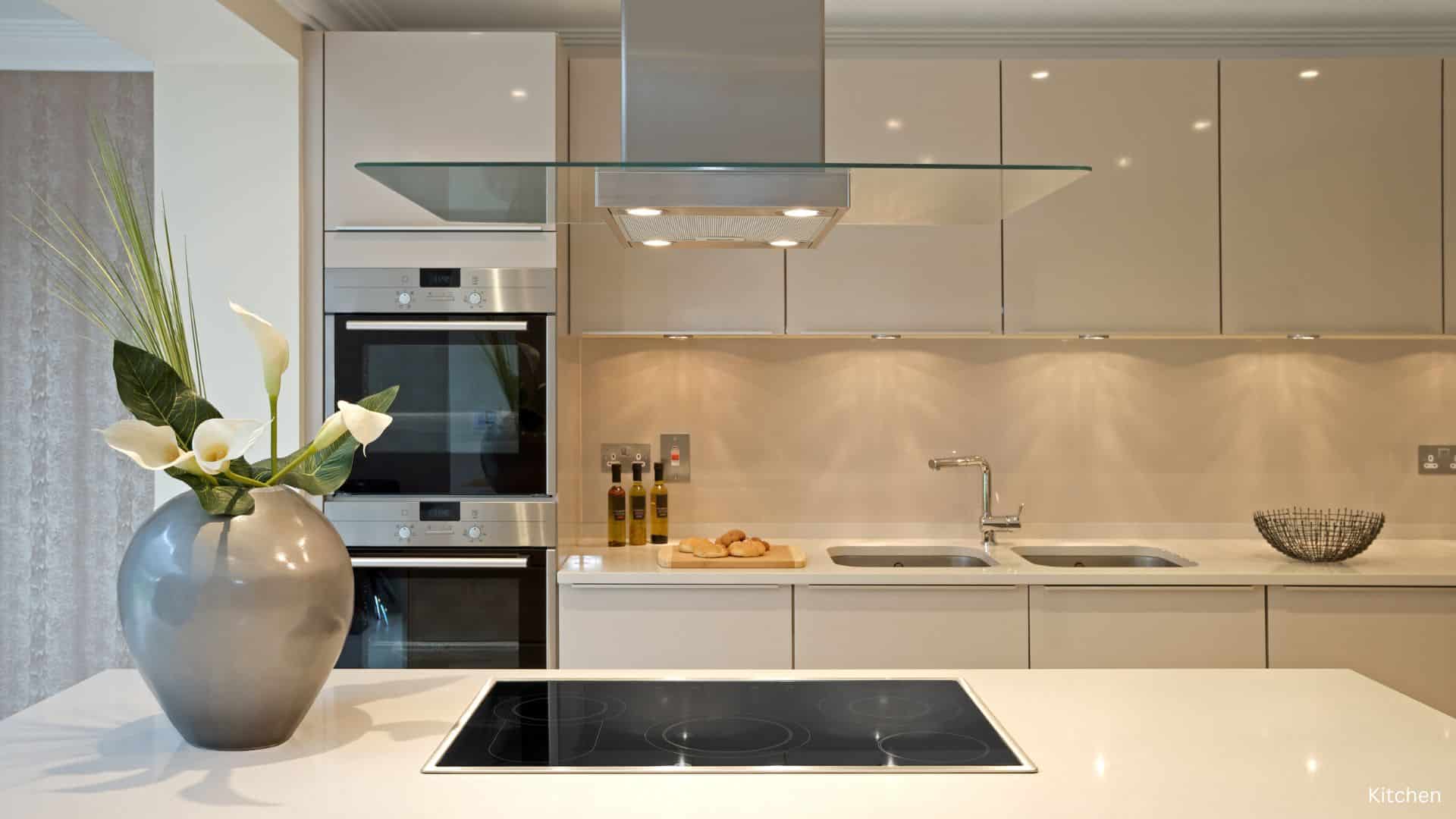
Post-Renovation Care and Maintenance Tips
Investing in a kitchen remodel is just the first step; maintaining your newly upgraded space ensures it remains beautiful and functional for years to come. Here are some essential care tips for countertops, cabinets, and appliances:
Sealing Countertops
- Granite Countertops: Seal granite surfaces every 1–2 years to prevent staining and keep them looking polished. To test if resealing is needed, pour a small amount of water on the surface. If it soaks in, it’s time to reseal. Use a non-abrasive cleaner to maintain daily shine.
- Quartz Countertops: While quartz is non-porous and doesn’t require sealing, it’s essential to clean up spills quickly to prevent discoloration. Use a gentle soap and a soft cloth to avoid scratches or dullness. Avoid harsh chemicals like bleach, which can damage the resin binder.
Cabinet Care
- Wood Cabinets: Clean cabinets regularly with a damp microfiber cloth to remove dust and grime. Avoid soaking them, as excessive moisture can warp the wood. Use a wood polish or conditioner occasionally to maintain luster.
- Laminate Cabinets: Wipe laminate surfaces with a mild soap solution and a soft cloth. For stubborn stains, use a non-abrasive cleaner but avoid scrubbing tools that can scratch the finish. Check hinges and handles periodically for wear and tighten or replace them as needed.
Appliance Lifespan
- Refrigerators: Clean the coils at the back or bottom of your fridge every six months to improve energy efficiency and prevent overheating. Ensure door seals are tight to keep cold air in.
- Ovens and Cooktops: Use manufacturer-recommended cleaners to prevent buildup on glass cooktops and oven interiors. Self-cleaning cycles should be used sparingly to avoid strain on the appliance.
- Dishwashers: Regularly clean the filter and wipe down the door seals to prevent mold and buildup. Run an empty cycle with vinegar or a dishwasher cleaner once a month to maintain efficiency.
- Microwaves: Keep the interior clean by wiping it down after each use. Place a bowl of water with lemon slices inside and heat it for a few minutes to loosen any stubborn food splatters, making them easier to wipe away.
Related posts:
 Affordable Kitchen and Bath Remodeling: Tips and Tricks for a Budget-Friendly Renovation
Affordable Kitchen and Bath Remodeling: Tips and Tricks for a Budget-Friendly Renovation
 How Much Does a Galley Kitchen Remodel Cost?
How Much Does a Galley Kitchen Remodel Cost?
 Average Cost of Small Kitchen Remodel: What to Expect
Average Cost of Small Kitchen Remodel: What to Expect
 How to Find a Contractor for Your Kitchen Remodel: A Step-by-Step Guide
How to Find a Contractor for Your Kitchen Remodel: A Step-by-Step Guide
 How Long Does It Take to Remodel a Small Kitchen?
How Long Does It Take to Remodel a Small Kitchen?
